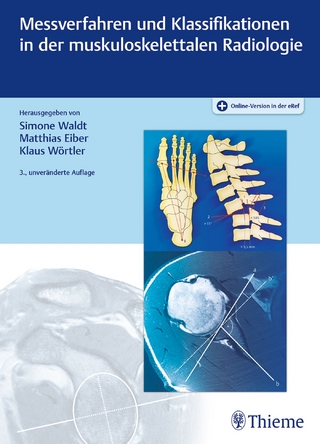
Myelin Repair and Neuroprotection in Multiple Sclerosis
Seiten
2014
Springer-Verlag New York Inc.
978-1-4899-8840-9 (ISBN)
Springer-Verlag New York Inc.
978-1-4899-8840-9 (ISBN)
This book covers the novel approach of myelin repair to restore conduction to demyelinated fibers, and to protect them against future loss, now emerging as a translational therapy for MS. Experts discuss what is needed to move toward clinical applications.
Myelin Repair and Neuroprotection in Multiple Sclerosis presents an up-date on the translational potential of promoting remyelination in multiple sclerosis (MS). A number of research frontiers still exist in this challenging disease. The cause remains elusive, preventing breakthroughs in its prevention. The move towards oral immunomodulatory therapies has been a major advance, as has the finding of new genes linked to susceptibility that may open the door to new therapeutic approaches. However, a frontier that has been making significant strides in recent years has been that surrounding the neurobiology of myelin regeneration and axon protection: such have been the advances that clinical translation is on the cusp of being achieved. Two broad approaches to therapeutic enhancement of remyelination are envisaged: promoting endogenous remyelination by targeting cells present in the CNS, or, replacing lost myelinating cells from exogenous sources. Current research on oligodendrocyte biology, the pathology of MS, imaging of lesions and the biology of remyelination are paving the way toward opening this new translational frontier.
Professor Duncan and Professor Franklin have assembled a broad group of experts in the fields of glial cell biology, neuropathology, radiology and clinical neurology to provide the background toward taking remyelination from experimented models into MS patients.
Myelin Repair and Neuroprotection in Multiple Sclerosis presents an up-date on the translational potential of promoting remyelination in multiple sclerosis (MS). A number of research frontiers still exist in this challenging disease. The cause remains elusive, preventing breakthroughs in its prevention. The move towards oral immunomodulatory therapies has been a major advance, as has the finding of new genes linked to susceptibility that may open the door to new therapeutic approaches. However, a frontier that has been making significant strides in recent years has been that surrounding the neurobiology of myelin regeneration and axon protection: such have been the advances that clinical translation is on the cusp of being achieved. Two broad approaches to therapeutic enhancement of remyelination are envisaged: promoting endogenous remyelination by targeting cells present in the CNS, or, replacing lost myelinating cells from exogenous sources. Current research on oligodendrocyte biology, the pathology of MS, imaging of lesions and the biology of remyelination are paving the way toward opening this new translational frontier.
Professor Duncan and Professor Franklin have assembled a broad group of experts in the fields of glial cell biology, neuropathology, radiology and clinical neurology to provide the background toward taking remyelination from experimented models into MS patients.
Development of oligodendrocytes in the vertebrate CNS.- Demyelination and remyelination in multiple sclerosis.- Microglia function in MS pathology.- Endogenous remyelination in the CNS.- Exogenous cell myelin repair and neuroprotection in multiple sclerosis.- A peripheral alternative to central nervous system myelin repair.- Immune modulation and repair following neural stem transplantation.- Axonal protection with sodium channel blocking agents in models of multiple sclerosis.- Effects of current medical therapies on reparative and neuroprotective functions in multiple sclerosis.- Imaging of demyelination and remyelination in multiple sclerosis.- Designing clinical trials to test neuroprotective therapies in multiple sclerosis..
| Erscheint lt. Verlag | 19.9.2014 |
|---|---|
| Zusatzinfo | XIV, 290 p. |
| Verlagsort | New York |
| Sprache | englisch |
| Maße | 155 x 235 mm |
| Themenwelt | Medizin / Pharmazie ► Medizinische Fachgebiete ► Neurologie |
| Medizinische Fachgebiete ► Radiologie / Bildgebende Verfahren ► Radiologie | |
| Medizin / Pharmazie ► Studium | |
| Naturwissenschaften ► Biologie ► Humanbiologie | |
| Naturwissenschaften ► Biologie ► Zoologie | |
| ISBN-10 | 1-4899-8840-8 / 1489988408 |
| ISBN-13 | 978-1-4899-8840-9 / 9781489988409 |
| Zustand | Neuware |
| Haben Sie eine Frage zum Produkt? |
Mehr entdecken
aus dem Bereich
aus dem Bereich
Buch (2023)
Thieme (Verlag)
190,00 €


